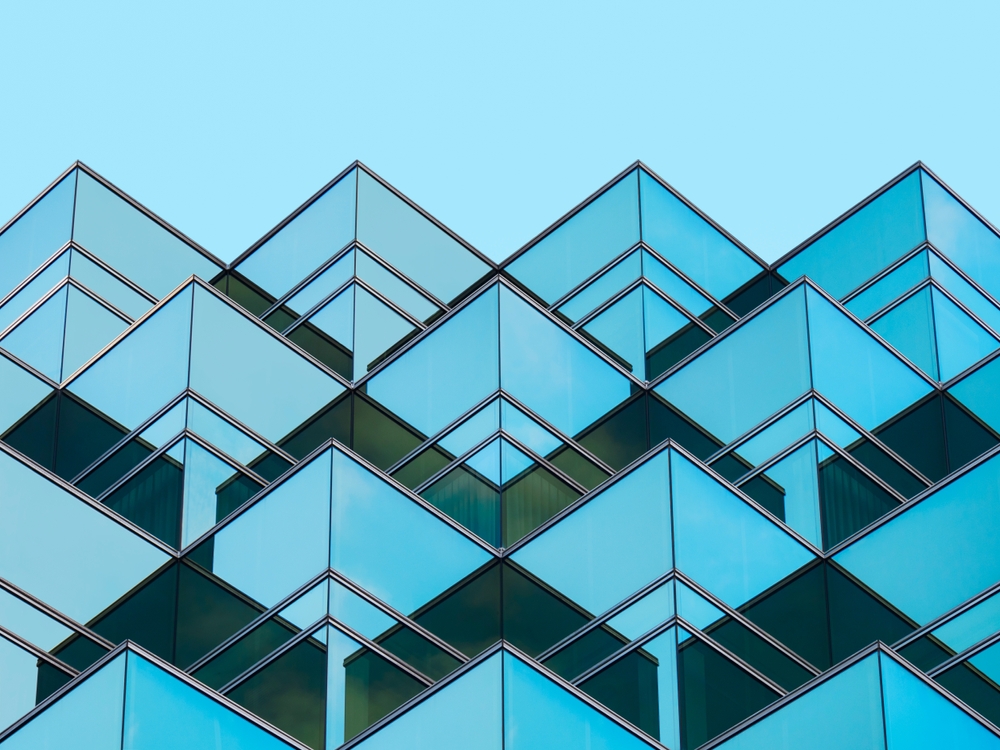In the realm of modern architecture, glass façade installation has emerged as a pivotal element that defines the aesthetic and functional aspects of buildings. In Bangladesh, this trend is rapidly gaining traction, especially in urban areas where the demand for innovative and visually appealing structures is on the rise. This article delves into the intricacies of glass façade installation, exploring its types, benefits, challenges, and key players in the industry.
Understanding Glass Façades
A glass façade is an exterior wall system primarily composed of glass, serving as the outer layer of a building. This design not only enhances aesthetic appeal but also allows natural light to penetrate interior spaces, creating a vibrant and inviting atmosphere. The installation of glass façades involves various methods tailored to meet specific architectural needs and structural requirements.
Types of Glass Façades
1. Structural Glass Façades
Structural glass façades offer greater design flexibility and are often used for bespoke projects. They can incorporate specialized glass technologies, such as low iron and low emissivity (Low E) coatings, which improve energy efficiency and aesthetics. An example is the Lea Bridge Library, which features a sloped structural glass façade with curved elements.
2. Curtain Wall Systems
Curtain wall systems are the more commonly used method for glass façades. They consist of a lightweight frame that supports glass panels. While less flexible than structural glazing, curtain walls are often more cost-effective for standard applications.
3. Spider Glass Partitions
Spider glass partitions are increasingly popular in office environments where traditional concrete walls limit natural light. These systems consist of multiple layers of glass held together by metal frames, allowing for privacy while still permitting light to enter. This method is particularly useful in creating open, airy spaces.
4. Structural Glazing
Structural glazing involves bonding the glass directly to the building structure, eliminating the need for visible framing. This technique provides a sleek appearance and is commonly used in high-rise buildings to create expansive glass walls.
Comparison of Glass Façade Types
| Type | Flexibility | Cost-Effectiveness | Aesthetic Appeal | Energy Efficiency |
| Structural Glass Façade | High | Moderate | High | High |
| Curtain Wall System | Moderate | High | Moderate | Moderate |
| Spider Glass Partitions | High | Moderate | High | High |
| Structural Glazing | High | Moderate | Very High | High |
The Installation Process of Glass Façades
The installation of a glass façade can vary significantly based on the design and site conditions. Key steps typically include:
1. Design Considerations
The façade design must account for various factors, such as wind load, structural integrity, and solar control. For example, angled façades may require detailed structural calculations to ensure stability.
2. Material Selection
Choosing the right type of glass is crucial. Options include toughened, laminated, and specialized solar control glass, which helps manage heat gain within the building.
3. Installation Techniques
The installation can involve various methods, including:
- Cranes for heavy panels
- Rope access for high-rise buildings
- Specialized lifting equipment for frameless glass façades
4. Finishing Touches
After the main installation, additional work such as sealing, waterproofing, and cleaning is performed to ensure the façade is both functional and visually appealing.
Benefits of Glass Façade Installation
The installation of glass façades offers numerous advantages, making them a popular choice in modern architecture.
1. Aesthetic Appeal
Glass façades are visually striking and can significantly enhance the architectural character of a building. They create a modern and sophisticated look that attracts attention.
2. Natural Light
By allowing abundant natural light to enter, glass façades reduce the need for artificial lighting during the day, contributing to energy savings and a healthier indoor environment.
3. Energy Efficiency
With advancements in glass technology, such as low-emissivity coatings, glass façades can improve a building’s energy performance by minimizing heat loss and gain.
4. Flexibility in Design
The versatility of glass allows architects to create innovative designs that can adapt to various structural requirements, making it suitable for diverse architectural styles.
Challenges in Glass Façade Installation
Despite the numerous benefits, several challenges must be considered when installing glass façades.
1. Climate Considerations
Bangladesh’s tropical climate necessitates careful selection of glass types to manage heat gain and glare effectively. This requires a thorough understanding of local weather patterns and building orientation.
2. Maintenance
Glass façades require regular cleaning and maintenance to preserve their aesthetic and functional qualities. Dust, pollution, and weather conditions can impact the clarity and appearance of the glass.
3. Cost
The initial investment for high-quality glass façade systems can be significant. However, the long-term savings through energy efficiency often justify the upfront costs.
Key Players in Glass Façade Installation in Bangladesh
As the demand for glass façades grows, several companies are leading the way in Bangladesh:
1. D-Tech Corporation Ltd
D-Tech Corporation is a prominent player in the glass façade installation sector in Bangladesh. With over 20 years of experience, they have completed more than 200 commercial projects, including significant landmarks like the Bangabandhu Military Museum and Bashundhara City Mall. Their services encompass façade design, engineering, and comprehensive project management, ensuring that each project meets international standards for performance and aesthetics.
2. Bangladesh Double Glazed Ltd
Bangladesh Double Glazed Ltd focuses on aluminum façade services and is known for its stick system installations. They provide tailored solutions that connect the curtain wall frame and glass panels efficiently, catering to the specific needs of each project.
3. Other Notable Companies
- Aluminium & Glass Works: Specializes in a range of glass solutions, including decorative glass façades.
- Glass & Aluminium Solutions: Offers innovative glass façade systems that enhance energy efficiency and aesthetic appeal.
Future Trends in Glass Façade Installation
The glass façade installation industry in Bangladesh is evolving rapidly. Several trends are shaping its future:
1. Sustainable Practices
There is a growing emphasis on sustainability in construction. Many projects now incorporate energy-efficient glass technologies to minimize environmental impact. This includes the use of recycled materials and sustainable sourcing practices.
2. Smart Glass Technologies
Smart glass technologies, which can change their properties based on environmental conditions, are becoming more prevalent. These innovations allow for better energy management and improved occupant comfort.
3. Modular Construction
The trend towards modular construction is influencing glass façade installation. Prefabricated glass panels can be manufactured off-site and assembled quickly on-site, reducing construction time and costs.
4. Increased Urbanization
As urbanization continues in Bangladesh, the demand for modern, energy-efficient, and aesthetically pleasing buildings will likely drive further advancements in glass façade technology and installation practices.
Conclusion
Glass façade installation is a complex but rewarding process that requires careful planning, design, and execution. In Bangladesh, the industry is rapidly evolving, with key players like D-Tech Corporation and Bangladesh Double Glazed Ltd leading the way in innovative solutions. As urbanization continues, the demand for modern, energy-efficient, and aesthetically pleasing buildings will likely drive further advancements in glass façade technology and installation practices. This trend not only enhances the architectural landscape of cities like Dhaka but also contributes to more sustainable building practices.
By understanding the types, benefits, challenges, and future trends of glass façade installation, stakeholders can make informed decisions that align with their architectural vision and sustainability goals. As the industry continues to grow, the potential for glass façades to transform urban spaces in Bangladesh remains significant, paving the way for a brighter, more sustainable future.


Leave a Reply